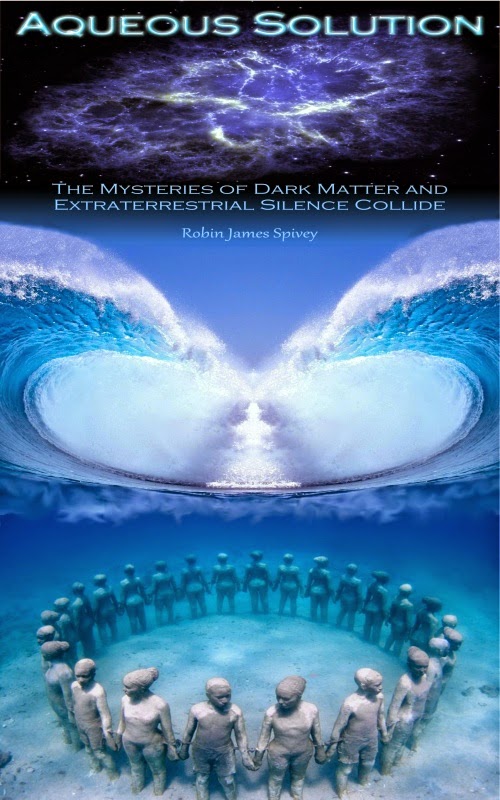 |
| Opabinia |
550 million
years ago, during the Cambrian period, animals appear suddenly in the fossil
record. This spectacular phenomenon has been given the name of Cambrian explosion. Why did it happen then,
and not before, has been, for over a century, one of the great mysteries of
paleontology.
The
evolution of life on Earth seems to have been rather discontinuous. Life is
likely to have appeared 3,500 to 4,000 million years ago. Not much later, around
3,000 million years ago, photosynthesis appeared. Eukaryotes (cells with
nuclei) emerged 2,000 million years ago. From then until the Cambrian
explosion, nothing much seems to have happened for 1,500 million years. Then
all the types of organization of the animals existing today appear suddenly.
Why?




